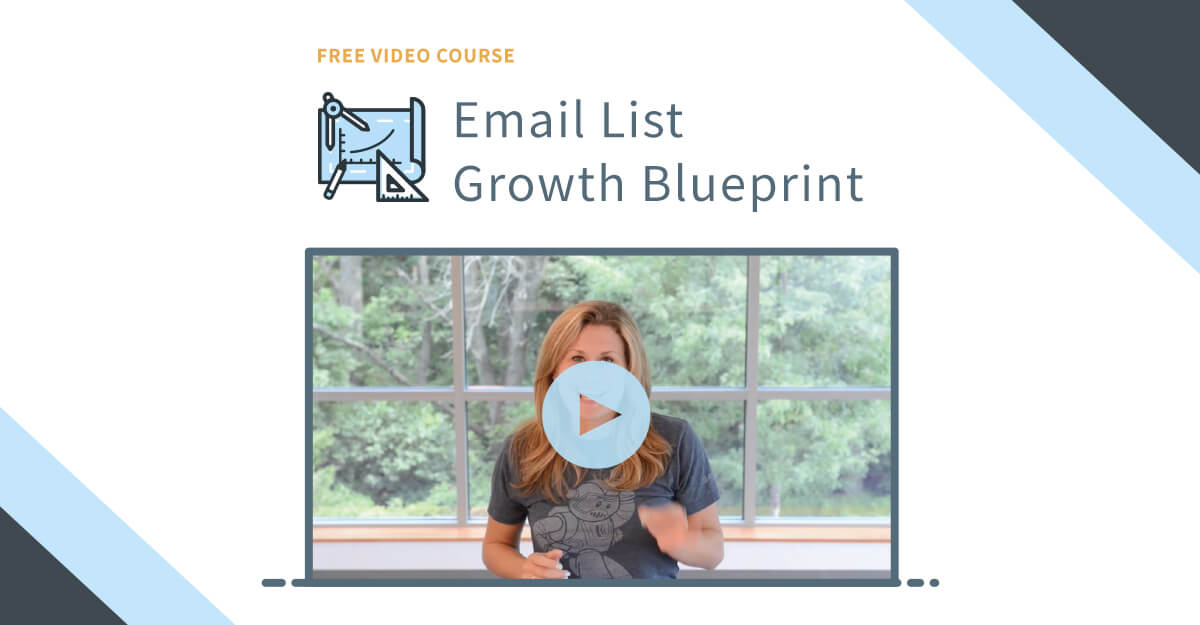How To Segment Your Audience For Better Marketing Results
How To Segment Your Audience For Better Marketing Results
Audience segmentation is a powerful strategy that allows you to tailor your marketing efforts to specific groups within your target market. By understanding and addressing the unique needs and preferences of different segments, you can enhance your marketing effectiveness, increase engagement, and drive better results. Here’s how to segment your audience for optimal marketing performance.
1. Understand the Importance of Segmentation
Before diving into the segmentation process, it’s crucial to recognize why segmentation matters:
• Personalization: Deliver more relevant and personalized messages to each segment.
• Improved Engagement: Increase engagement rates by targeting content to the interests and needs of different groups.
• Higher Conversion Rates: Tailored marketing efforts lead to higher conversion rates and customer satisfaction.
• Efficient Resource Allocation: Focus your marketing resources on the most profitable segments.
2. Identify Segmentation Criteria
To effectively segment your audience, start by identifying the criteria that are most relevant to your business. Common segmentation criteria include:
• Demographic: Age, gender, income, education, occupation.
• Geographic: Location, climate, urban vs. rural areas.
• Psychographic: Lifestyle, values, personality, interests.
• Behavioral: Purchase behavior, usage rate, brand loyalty, product preferences.
• Firmographic: Business size, industry, location (for B2B).
3. Gather and Analyze Data
Collect data from various sources to inform your segmentation efforts. Sources may include:
• Customer Databases: Analyze existing customer data for demographic and behavioral insights.
• Surveys and Questionnaires: Conduct surveys to gather psychographic and preference information.
• Website Analytics: Use tools like Google Analytics to track visitor behavior and engagement on your website.
• Social Media Insights: Leverage social media analytics to understand your audience’s interests and interactions.
• Sales Data: Examine purchase history and transaction data to identify patterns and preferences.
4. Create Detailed Customer Profiles
Develop detailed customer profiles (personas) for each segment. These profiles should include:
• Demographic Information: Age, gender, income, education, etc.
• Behavioral Insights: Purchase behavior, product preferences, brand interactions.
• Psychographic Traits: Values, interests, lifestyle, personality traits.
• Pain Points and Needs: Specific challenges and needs that your product or service can address.
Customer profiles help you understand each segment’s unique characteristics and tailor your marketing strategies accordingly.
5. Segment Your Audience
Based on the data and customer profiles, divide your audience into distinct segments. Each segment should be:
• Measurable: Quantifiable in terms of size and potential.
• Accessible: Reachable through your marketing channels.
• Substantial: Large enough to be profitable.
• Actionable: Able to be targeted with specific marketing strategies.
Common segmentation methods include:
• Manual Segmentation: Manually sorting data based on specific criteria.
• Cluster Analysis: Using statistical techniques to group similar individuals.
• Predictive Analytics: Leveraging machine learning algorithms to predict and segment based on behavior.
6. Develop Tailored Marketing Strategies
Create tailored marketing strategies for each segment. Consider the following approaches:
• Personalized Content: Develop content that resonates with each segment’s interests and needs. Use personalized email marketing, blog posts, and social media content.
• Targeted Advertising: Use targeted ads on platforms like Facebook, Google, and LinkedIn to reach specific segments. Customize ad copy and visuals to appeal to each group.
• Customized Offers: Offer segment-specific promotions, discounts, or product recommendations to drive engagement and sales.
• Channel Preferences: Use the preferred communication channels for each segment, whether it’s email, social media, direct mail, or SMS.
7. Implement and Test Your Strategies
Once you’ve developed tailored strategies, implement them and monitor their performance. Key steps include:
• Campaign Execution: Launch targeted campaigns across various channels.
• A/B Testing: Conduct A/B tests to compare different messages, offers, and designs for each segment.
• Performance Tracking: Use analytics tools to track key metrics such as open rates, click-through rates, conversion rates, and ROI.
8. Analyze Results and Optimize
Regularly analyze the results of your segmented marketing efforts to identify what’s working and what needs improvement:
• Performance Analysis: Compare the performance of different segments to understand which strategies are most effective.
• Feedback Collection: Gather feedback from customers to gain insights into their experiences and preferences.
• Continuous Optimization: Use the insights gained from analysis and feedback to refine your segmentation and marketing strategies. Continuously test new approaches and adjust your tactics based on performance data.
Segmenting your audience allows you to deliver more relevant and personalized marketing messages, resulting in better engagement, higher conversion rates, and improved customer satisfaction. By understanding your audience, gathering and analyzing data, creating detailed customer profiles, and developing tailored strategies, you can optimize your marketing efforts for each segment. Continuously monitor and refine your approach to ensure ongoing success and maximum return on investment.






















0 Comments